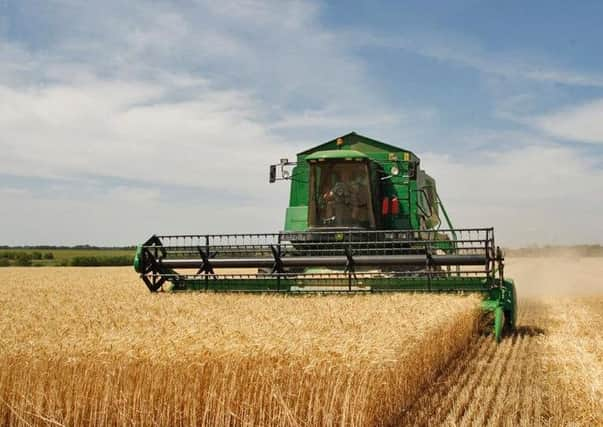Farmers warned to cover crop royalty payments


In a message to producers, the British Society of Plant Breeders (BSPB) said that interest in the use of cover crops among arable farmers had increased in response to common agricultural policy (CAP) greening requirements.
It also said that producers had recognised recent research which had demonstrated the rotational benefits of cover crops for soil quality, reduced nutrient losses, and improved weed and disease management.
Advertisement
Hide AdAdvertisement
Hide AdDr Penny Maplestone, its chief executive, said that the BSPB was advising farmers that seeds regulations and farm-saved seed rules applied regardless of whether or not a crop was taken to harvest.
In what was being seen as an educational message, she added that when sowing a cover crop mixture which included seed currently on the plant variety rights protected list, growers had to either use new seed purchased from a licensed seed merchant or farm-saved seed produced on their own holding.
“Under the FSS rules, farmers cannot sell, barter, exchange or in any other way transfer farm-saved seed between holdings,” said Maplestone.
However, where cover crops were being used for rotational benefits, a leading agronomist yesterday said many growers had been questioning their effectiveness – especially after this year’s late, slow spring.
“Results in the field are a far cry from the promise of transformed soil structures, biological enhancements and significant improvements in weed control that were promoted so strongly,” said Dick Neale, technical manager with agronomy specialists Hutchinsons.
He said, for many, the reality had been wet, cold, slug infested seedbeds which had refused to dry, adding: “The high cost with little apparent return will cause many growers to question the value of using cover crops this coming season.”
However, Neale said it was important to remember that a cover crops were the same as any other crop in the soil – they were just being grown in a different context.
“The multiple benefits of cover cropping are cumulative over years,” he advised.
